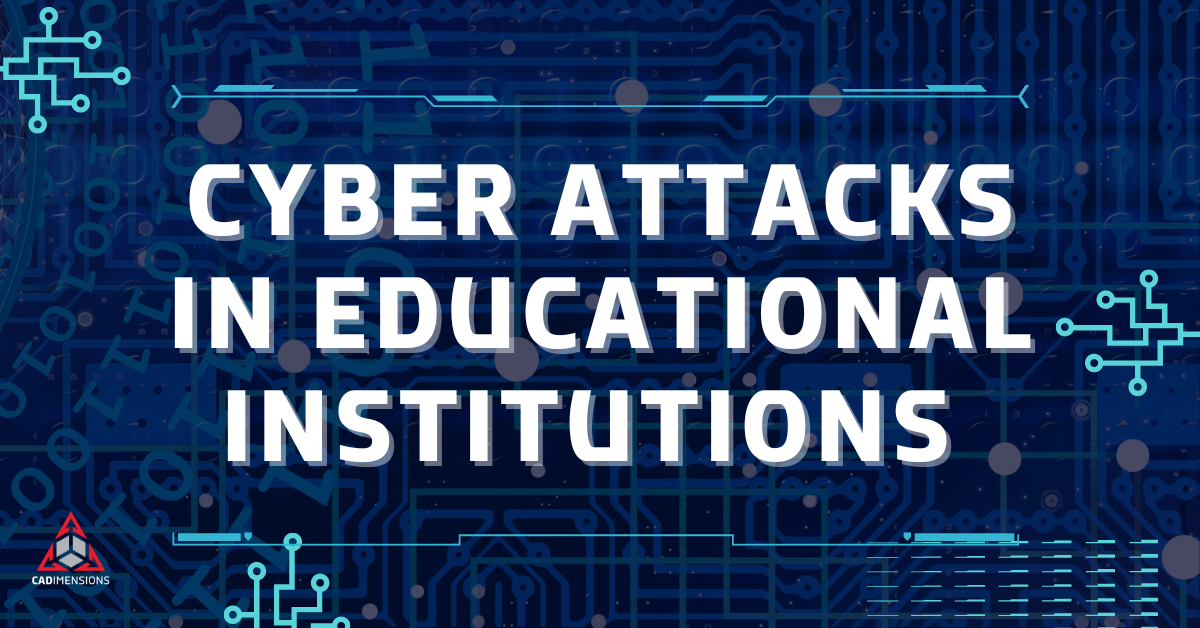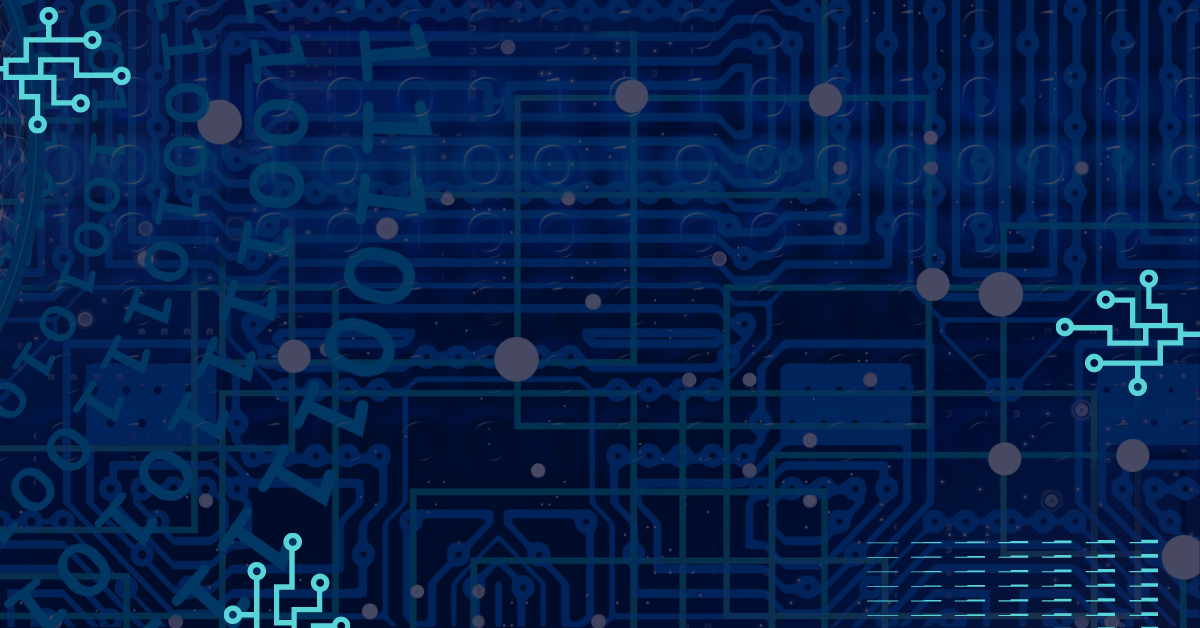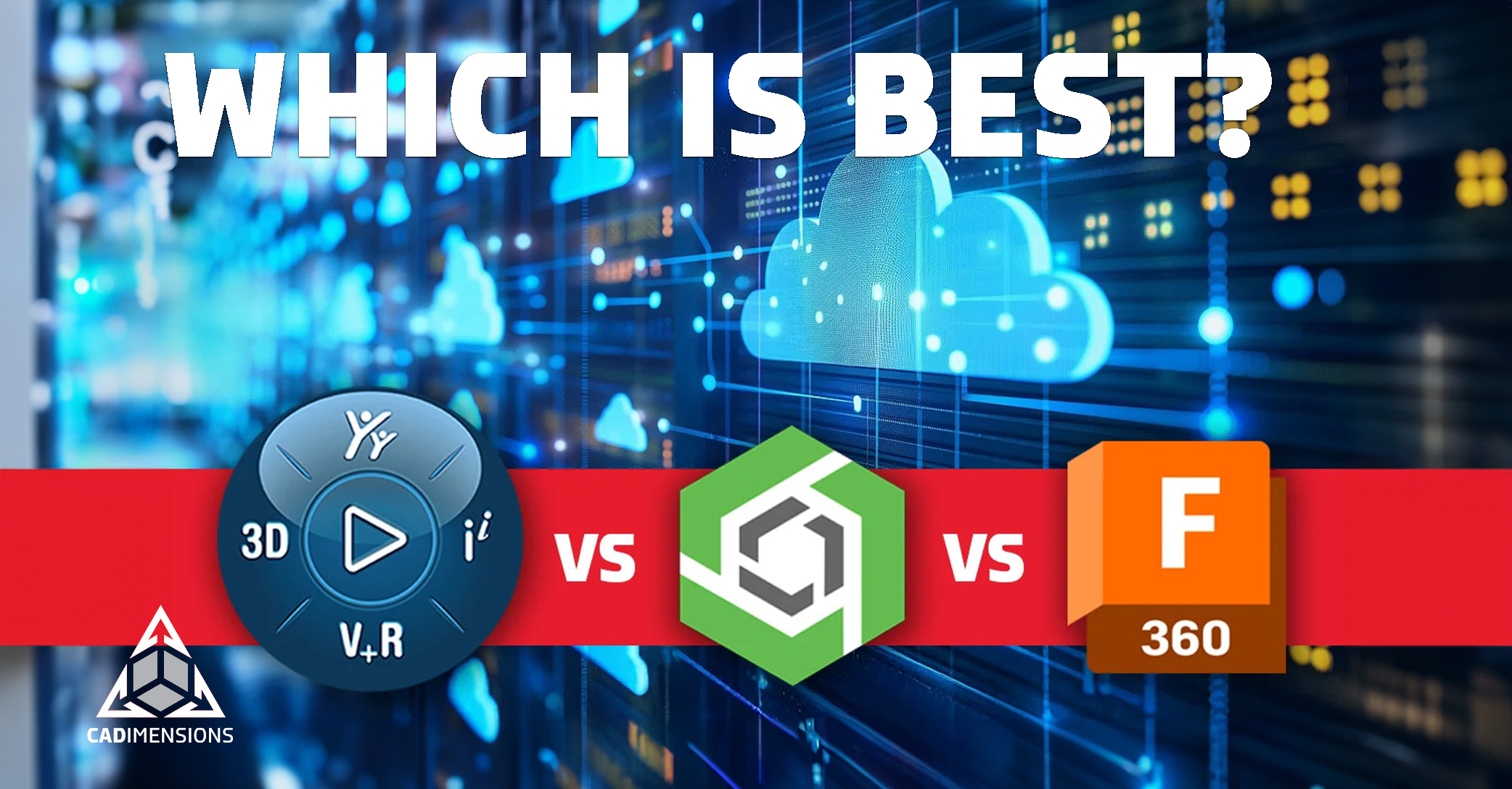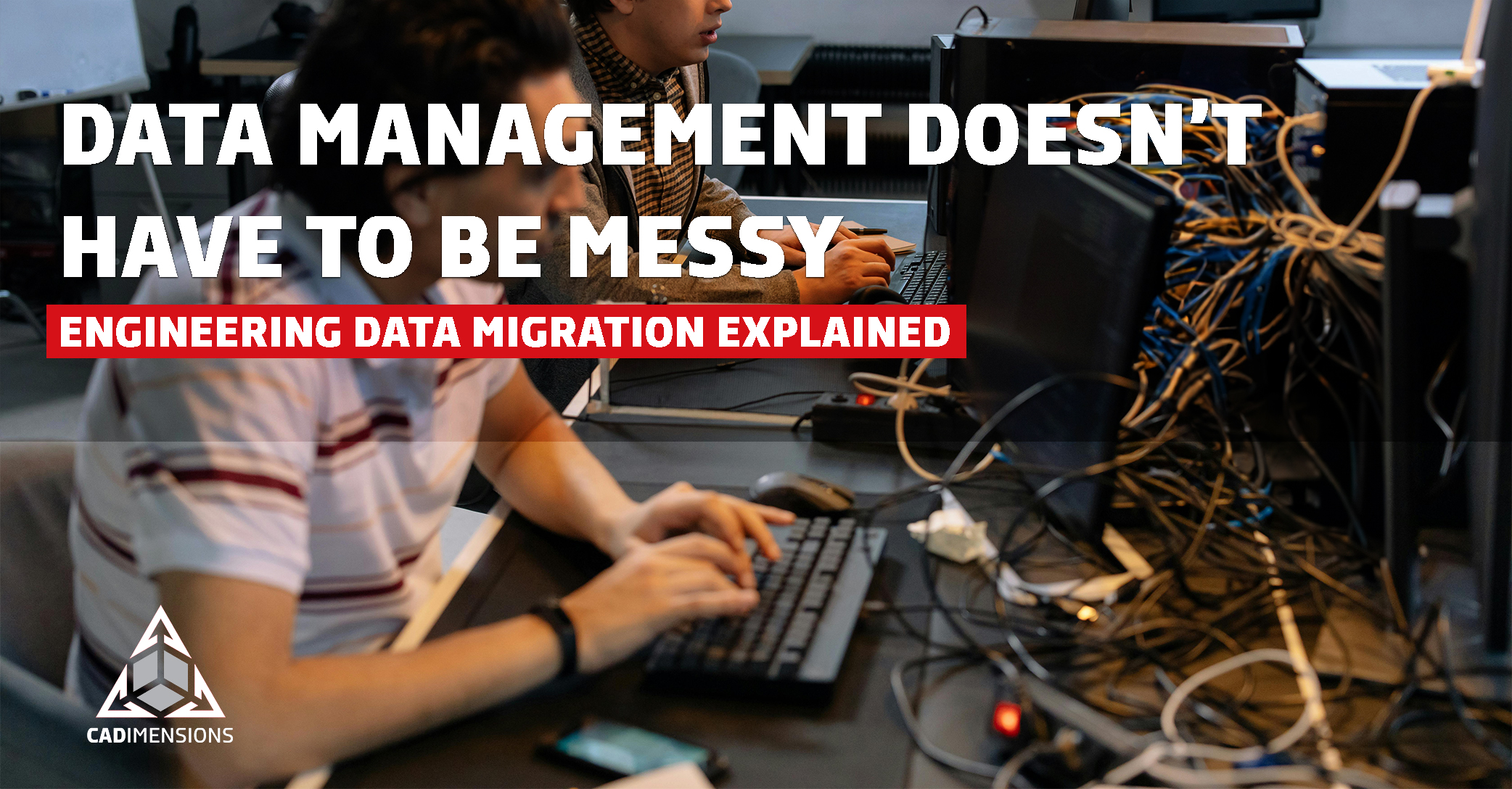Data Security in Schools Face Heightened Ransomware Attacks
Schools and colleges are not immune to data breaches and cyberattacks, according to a recent study.
Educational institutions are the last places you’d expect hackers to target but data security in schools is becoming more and more an issues. Schools from K-12 grades and college universities are high on the list for cyberattacks. Hackers target the education sector to gain valuable institution data, student data, and information resources.
Let’s dive into some of the statistics. According to a recent Sophos survey:
- About 47% of K-12 schools reported a higher number of attacks in recent years compared to the past.
- 56% of K-12 schools and 64% of universities report being hit by a virtual attack within the between 2021-2022.
- Approximately 50% of schools reported an increase in attack complexity
- 49% reported an increase in the impact of the attack
- 72% of lower educational respondents noted that data was encrypted during a cyberattack
Only 2% of Sophos survey respondents were able to retrieve all encrypted data back, and this followed a ransom payment. These stats lend the idea that K-12 schools and colleges are not as prepared to handle ransomware attacks as they should be.
The Education Sector Is a Target
Considering these numbers alone, it is safe to say the education sector is and will continue to be a target for hackers. Places of education are low-hanging fruit for ransomware attacks because of the lax cybersecurity measures taking place paired with the wealth of personal information on institutional systems. Even K-12 schools are a gold mine of information, filled with data on young people who could face the consequences of a data breach as they grow older.
Hopefully, state and local governments will take advantage of the latest Infrastructure Investment and Jobs Act, which allocated $1B to improve cybersecurity between 2022 to 2025. This could ultimately boost the cyber safety of schools across the nation.
Use Educational Platforms with Security Layers
Aside from the governmental push toward tighter cybersecurity, educational institutions should take advantage of education platforms that have security built in. For example, the 3DEXPERIENCE Platform puts safety at the forefront. This online CAD platform, similar to an operating system, provides a backbone for collaborative functions and the use of dynamic tools, as well as cloud storage. Understand more on the security and privacy measures the 3DEXPERIENCE platform takes in this article.
The general guidelines and standards that the platform adheres to are:
• ISO 2700x standards, and in particular Implementation Guide ISO 27002
• NIST 800 series
• Open Web Application Security Project (OWASP) methodologies
• CobIT framework
Such methodologies are what set apart mediocre data security from the best. As institutions evaluate what platforms to use, they should consider the above standards in their decision-making process.
What Can You Do?
Data is seemingly growing more valuable than oil and water in our digital world. While ransomware and cyberattacks may never vanish completely, you should do your part to minimize their effects on your organization.
Your school, university, or organization can combat cybercriminals by implementing tight online security measures that prioritize data management. Additionally, you should swap outdated systems for those that favor uptight security.
Curious about how 3DEXPERIENCE can accomplish that? Reach out to a team member today to learn more.


















